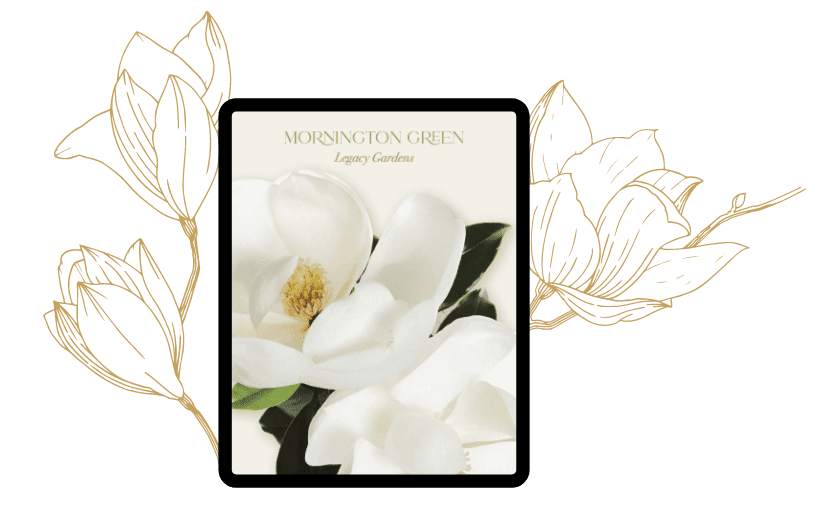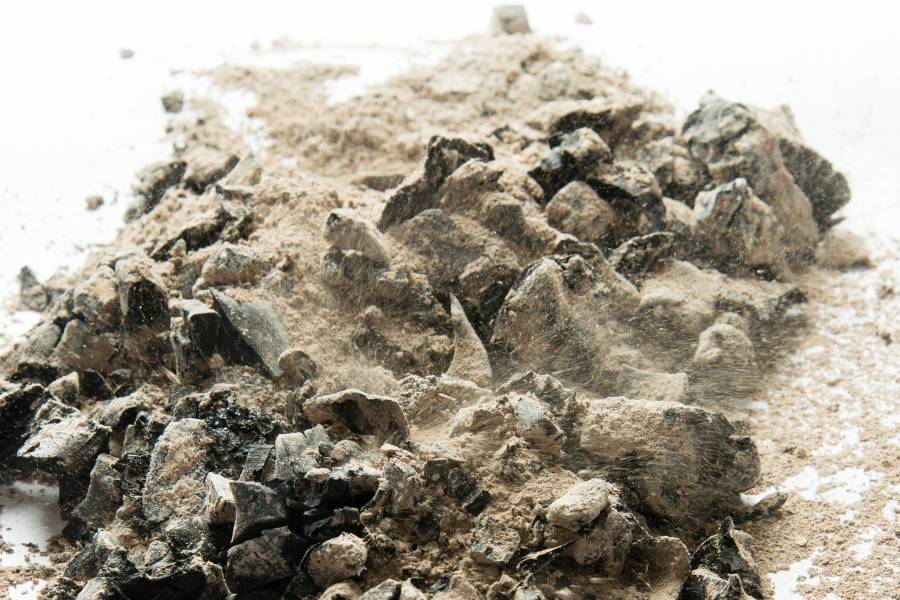
How To Keep Cremated Ashes?
How to keep cremated ashes? You can keep cremated ashes by storing them at home in a proper urn, placing them in a cemetery niche or burial plot, creating keepsakes like jewelry or memorial art, or transforming them into a Living Legacy Tree. The key is choosing proper storage containers, handling them safely with gloves, and understanding that while ashes are sterile and safe for humans, untreated ashes can be harmful to the environment due to their extremely high pH levels (similar to bleach) and salt content.
Human cremated ashes are completely sterile and safe to touch. There’s no time limit on how long you can keep them either. However, here’s a crucial point many people don’t realize – untreated ashes have a pH similar to bleach and contain high levels of toxic salts. This means they can actually be damaging to our beautiful Australian environment if not handled correctly. So, how you manage and store them is very important for both your peace of mind and the health of our planet.
Those 3-4 kilograms of “ashes” aren’t what you might imagine. They’re actually very fine fragments of bone. And get this: their pH is about nearly 12 out of 14. That’s the same extreme alkalinity as household bleach!
Essential Guidelines for Handling Cremated Ashes
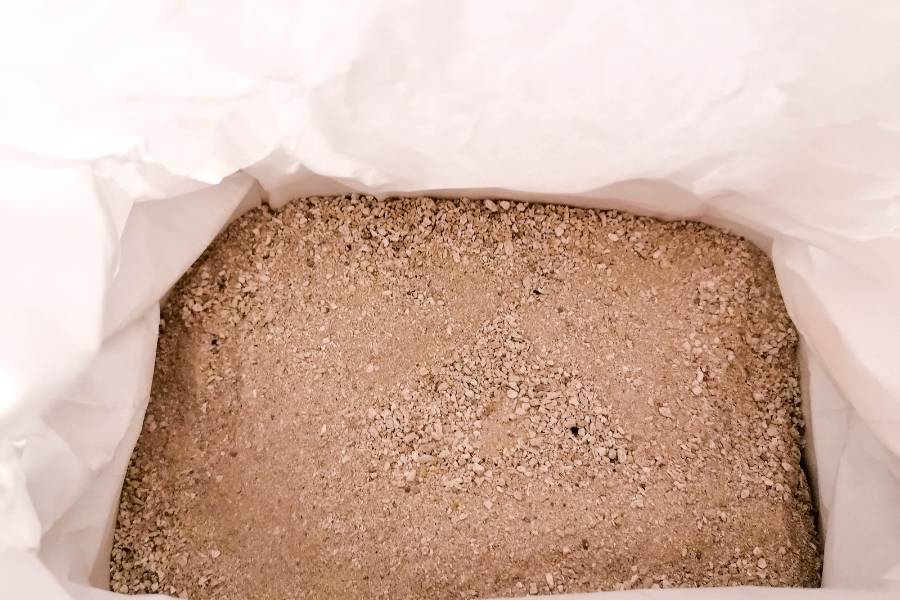
Before we dive into storage options, let’s talk about the basics of safe handling. When you receive cremated remains, they’ll come in a temporary container – usually a simple box with a sealed bag inside. These containers are perfectly fine for the short term, but most families choose to transfer them to something more permanent.
Safe Handling Tips Of Cremated Ashes:
1. Always wear gloves when handling ashes directly
Subscribe for More Insights
2. Avoid inhaling any dust particles
3. Keep containers sealed to prevent dust escape
4. Choose a stable, climate-controlled location for storage
5. Handle with care – these remains represent someone precious
The good news? Cremated ashes are incredibly stable. Store them properly, and they can last for years without breaking down.
The Method To Keep Cremated Ashes
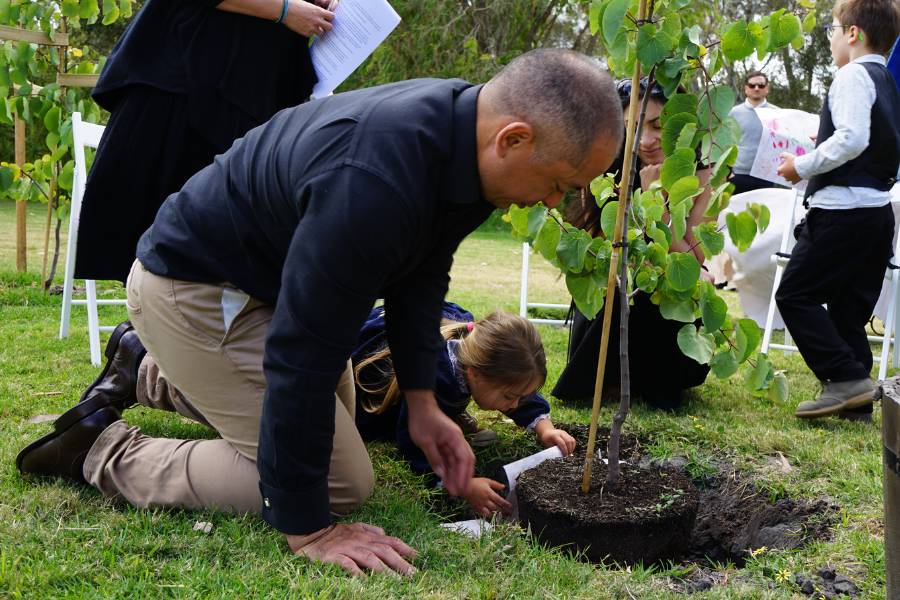
What are the methods to keep cremated ashes? When someone you love is cremated, their ashes will come to you in a temporary container, usually a simple box with a sealed bag inside. These containers are perfectly safe for the meantime, but most families choose to transfer the ashes to a more permanent solution for long-term keeping.
Here are your main options:
1. Home Storage: Transfer ashes to a decorative urn made from materials like marble, wood, metal, ceramic, or glass. Choose a stable, climate-controlled spot away from high-traffic areas.
2. Cemetery Placement: Store ashes in a columbarium (specially designed niches) or bury them in a cemetery plot, typically requiring a burial vault.
3. Memorial Keepsakes: Keep small portions in cremation jewelry, memorial crystals, or custom art pieces while storing the remainder safely.
4. Scattering: While legally permitted in most areas, this requires council permission and can harm the environment due to ashes’ toxic pH levels.
5. Living Legacy Trees: Transform treated ashes into nutrients for memorial trees through Living Legacy Forest – this turns environmental harm into environmental benefit.
6. Dividing Among Family: Many families split ashes into smaller portions, allowing multiple family members to keep their loved one close in different ways.
The method you choose depends on your family’s wishes, budget, environmental values, and how you want to remember your loved one. Some families even combine methods – keeping some ashes at home while creating a Living Legacy Tree.
Are Cremation Ashes Safe?
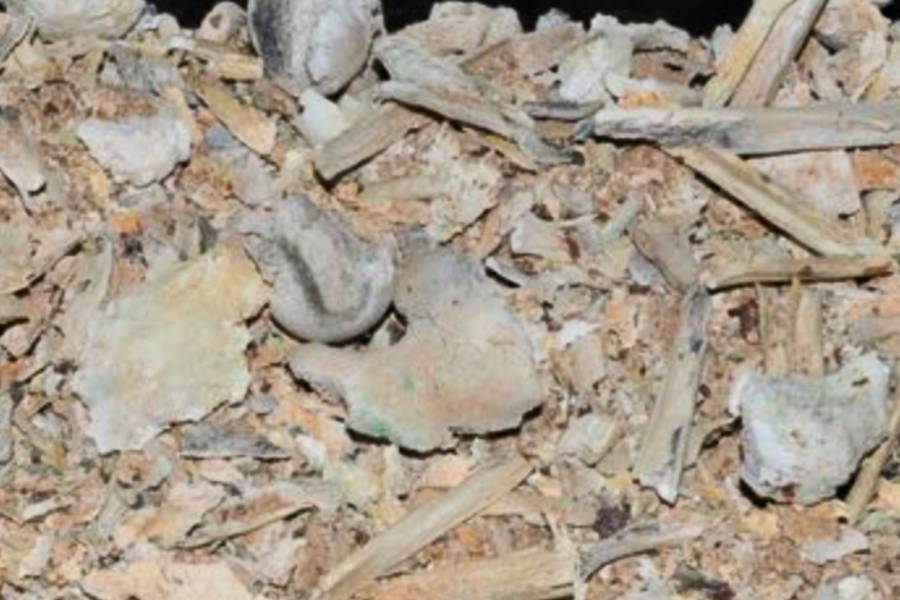
You might wonder if cremation ashes are safe to have around, and the answer is yes for human ashes. The cremation process uses extremely high temperatures (around 1,000 degrees Celsius), which makes the ashes completely sterile. You don’t need to worry about germs or diseases.
Here’s something that nobody tells you about cremated ashes: the funeral industry might not emphasize that, while harmless to you, ashes can be toxic to plants and soil. This might surprise you, mainly since ashes are composed of natural elements such as calcium phosphate, potassium, sodium, and carbonates.
But independent studies have shown that the high concentration of these elements, particularly the salt content (which can be 200 to 2,000 times higher than what plants can tolerate), can be deadly to most plants. Imagine pouring about 1½ cups of salt into the soil around your plants – that’s essentially the effect of scattering untreated ashes directly into your garden. So, if you’re thinking about scattering ashes, it’s something to consider carefully.
Handling And Preserving Ashes
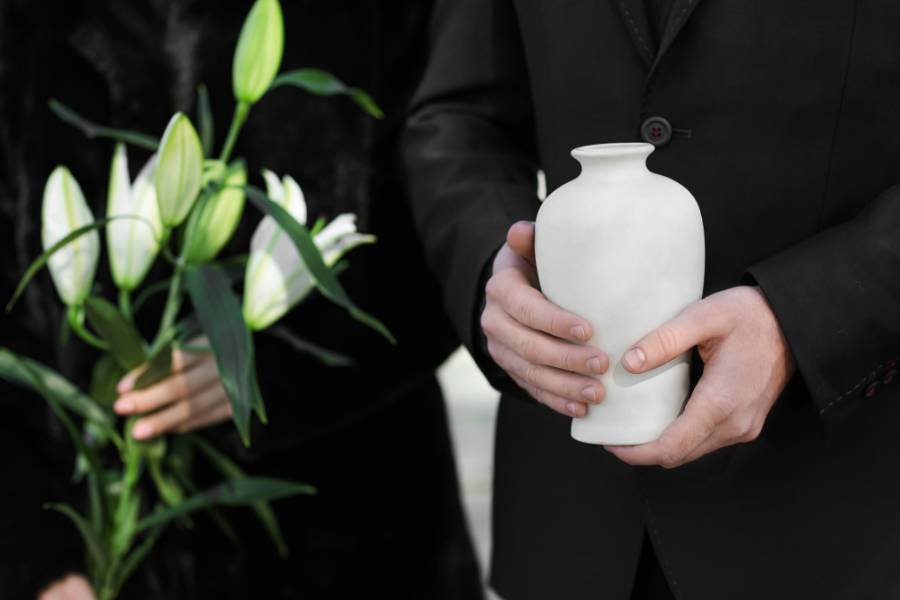
When you handle the ashes, it’s a good idea to wear gloves to prevent any skin irritation. You should also be careful not to inhale the fine dust. Keeping the ashes sealed will prevent any dust from escaping.
One of the benefits of cremated ashes is their incredible stability. If you store them properly, your loved one’s ashes can last for centuries without breaking down, serving as a lasting tribute for generations.
Where To Keep Cremated Ashes?
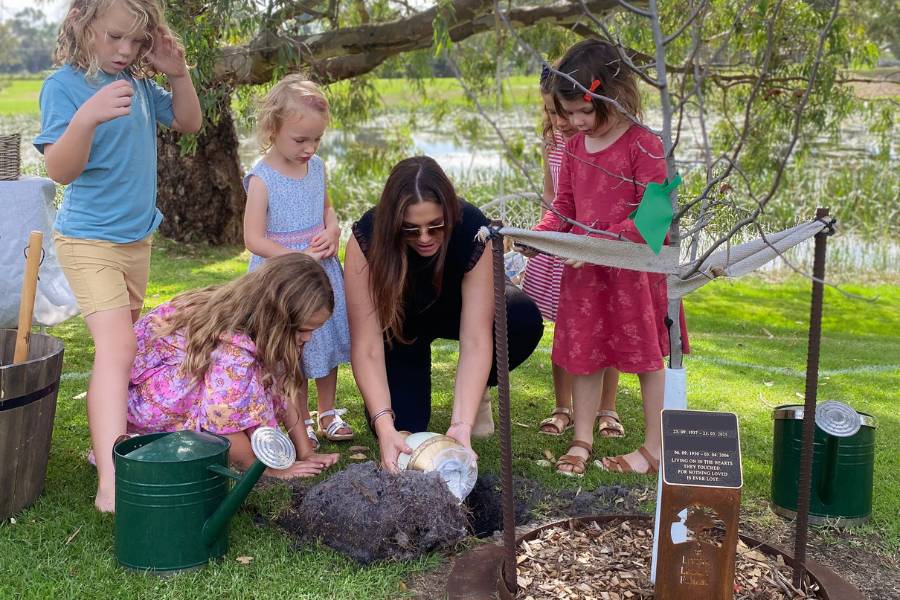
Have you ever wondered where to keep your cremated ashes? To honor your loved one, you have several options for the final resting place. Keeping them at home, selecting a cemetery, or exploring a better solution, like A Living Legacy Tree. Each option offers different benefits, depending on your family’s wishes, budget, and even your environmental values.
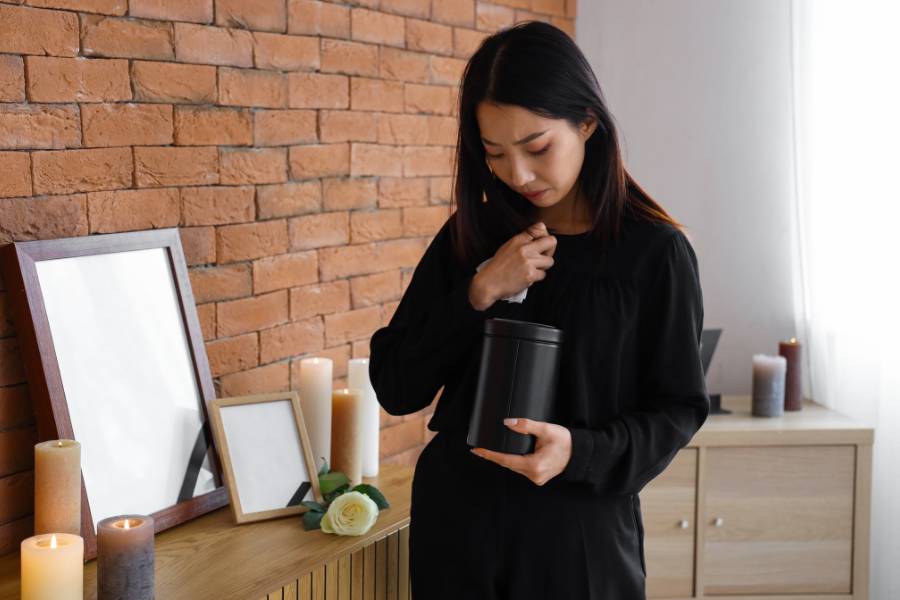
Keeping Ashes At Home
Do you want to keep your ashes at home? For many Australian families, keeping their loved one’s ashes at home is often the first choice. If you decide on home storage, it’s a good idea to choose a spot that’s climate-friendly, meaning it’s neither too hot nor too cold, and not too humid. Think of it like protecting important documents or treasures. You’ll want to avoid places like the chimney or the shelf where accidents could easily happen.
You’ll find that urns, the containers for the ashes, come in many different materials. You could choose:
1. Marble for a luxurious and durable feel.
2. Wood, for a classic and warm look.
3. Metal (like brass, bronze, or stainless steel) for something long-lasting.
4. Ceramic for artistic designs.
5. Glass for a truly unique and customizable touch.
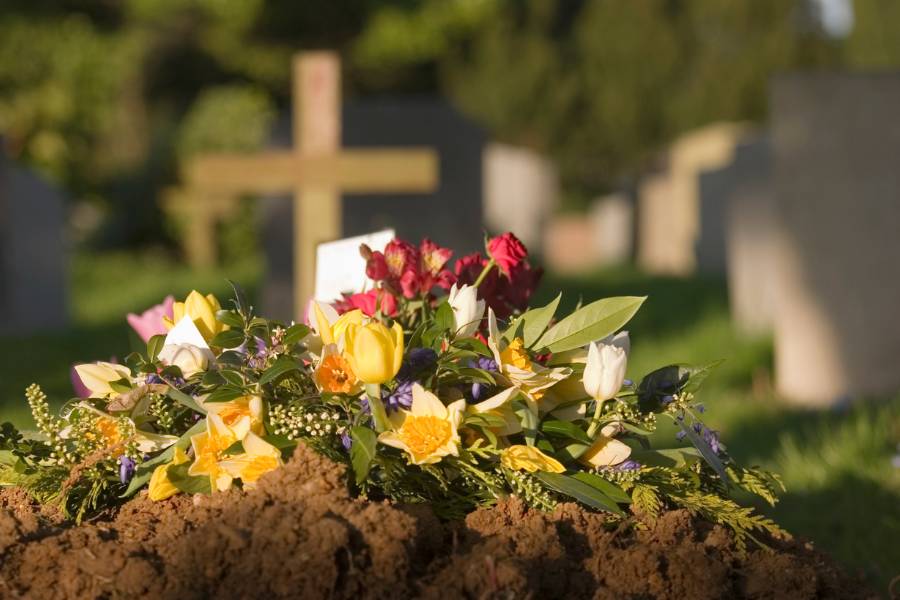
Cemetery And Burial Option
Thinking about burial options? This option allows you to have cremated ashes in a cemetery plot, usually at least three feet deep. Many cemeteries require a burial vault, which is like an outer container, to help prevent the ground from sinking over time and keep the Earth stable.
Another popular choice is a columbarium, a room/building that houses the ashes of the deceased. This room/building has individual compartments or niches specifically designed to hold urns. You can tell how great it is due to its function. It can protect the urns from the weather, and often, you’ll have space to add a memorial plaque to remember your loved one.
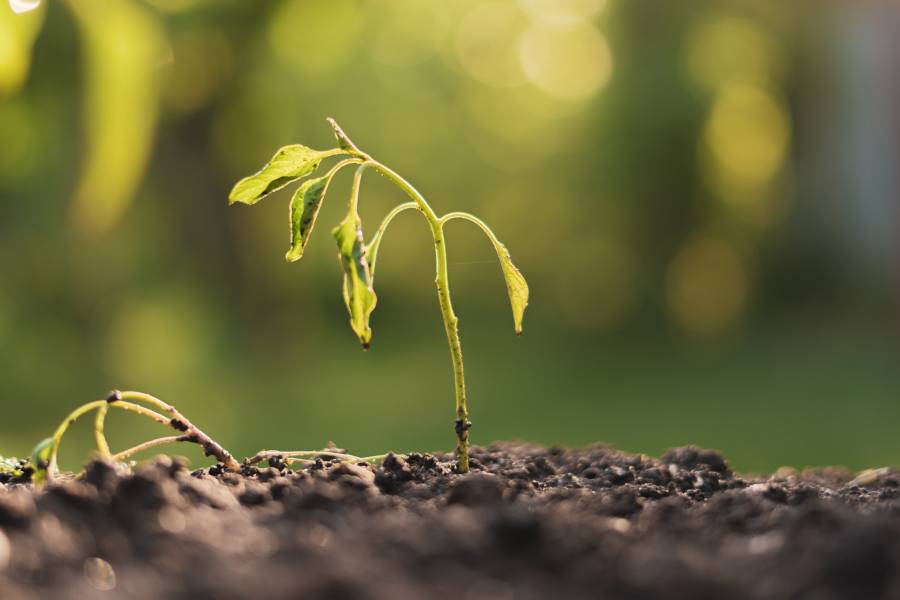
Be Aware! The Hidden Truth About Ashes And The Environment
Aside from the home storage and burial plot, there’s something important that most people don’t talk about, and it might surprise you. When you bury ashes that haven’t been treated, or even if you use one of those “biodegradable” urns, you’re putting about 3 to 4 kilograms of material into the ground. This material has a pH level similar to bleach! Are you aware that you can harm the environment without this tip?
To give you an idea of the environmental impact, one person’s ashes can have the same negative effect on the soil as over 10,000 cigarette butts. That’s a pretty big deal, isn’t it?
And those biodegradable urns you hear about? They’re often a bit of a marketing myth. While the container itself might break down, the ashes inside still keep their harmful pH and high salt levels. This means that if you plant a tree with them, the tree might either grow around this toxic clump of ash or, sadly, it could even die from the chemical effects. It’s something to really consider if environmental impact is important to you.
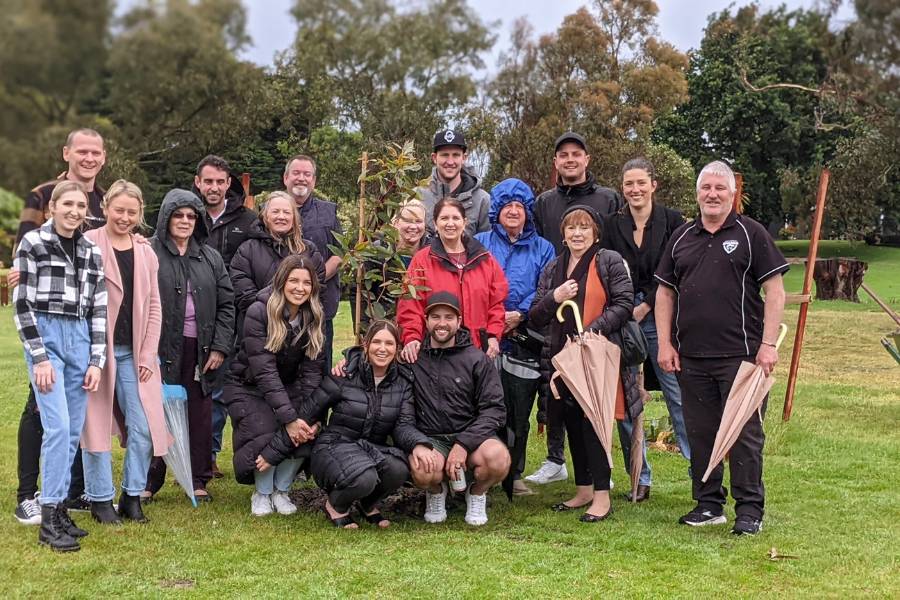
Living Legacy Trees: Create A Central Peaceful Place For Your Whole Family
Instead of keeping ashes in an urn, imagine if your loved one could become a living, breathing tree. That’s what Living Legacy Trees offers. This amazing process, developed by Warren Roberts and scientist Dr. Mary Cole, takes harmful ashes and transforms them into life-giving nutrients.
Here’s how it works: regular ashes are very bad for plants due to their high pH and salt content. But Living Legacy Trees uses a special treatment that neutralizes these harmful elements and turns the ashes into nutrients. Your loved one’s ashes then become part of a special soil that helps the tree grow by improving how it gets food and by working with helpful microbes and fungi. In essence, your loved one doesn’t just symbolically become a tree – they scientifically become a part of its very being.
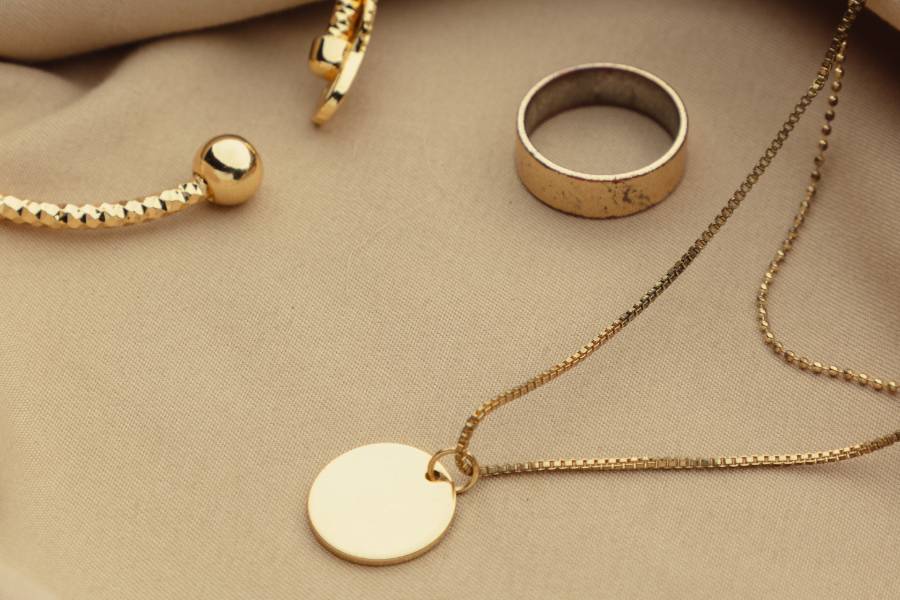
Other Memorial Option
Cremation jewelry is a popular choice, allowing you to keep a tiny bit of your loved one’s ashes inside beautiful necklaces, rings, or bracelets. It’s a way to keep them physically close to you every day.
You might also consider memorial art, where ashes are carefully blended into unique glass pieces, paintings, or sculptures. Imagine a beautiful piece of art that subtly holds a part of your loved one.
Things To Do With Cremated Ashes
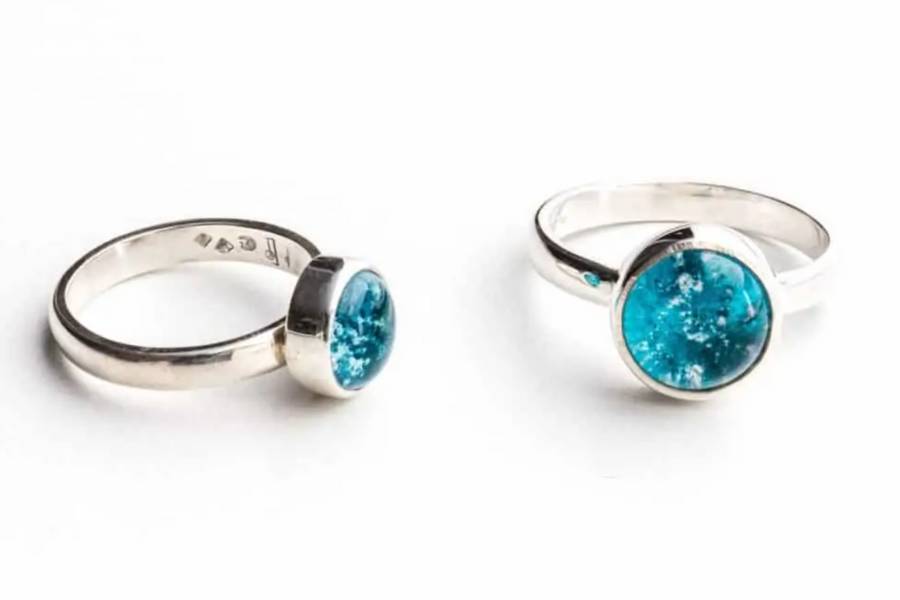
What are the different things you can do with cremated ashes? Aside from keeping them in an urn, you always have choices, from traditional keepsakes to innovative ways to remember your loved one. Today, you can explore options like cremation jewelry, special art pieces, memorial gardens, and even use an amazing technology through Living Legacy Forest that turns ashes into nutrients for trees.
And for something truly unique, some families are even choosing memorial diamonds. These are lab-created diamonds made using carbon from cremated ashes, offering you a precious and lasting gem.
Environmental Impact That Matters

Have you ever wondered about the environmental impact of traditional end-of-life choices? Cremation, for example, releases a significant amount of carbon dioxide, about 160kg of CO₂ per cremation, which is like driving over 650 kilometers! Traditional burials aren’t much better, using different amounts of wood, steel, and concrete every year in Australian cemeteries alone.
But what if your legacy could help the environment instead of harming it? Living Legacy Trees brings this idea to life. Each memorial tree planted absorbs 200-400kg of CO₂ from the atmosphere. This means your loved one’s memory actively contributes to a carbon-positive impact, truly making a difference for our planet.
Create A Living Memorial Tree As Your Legacy
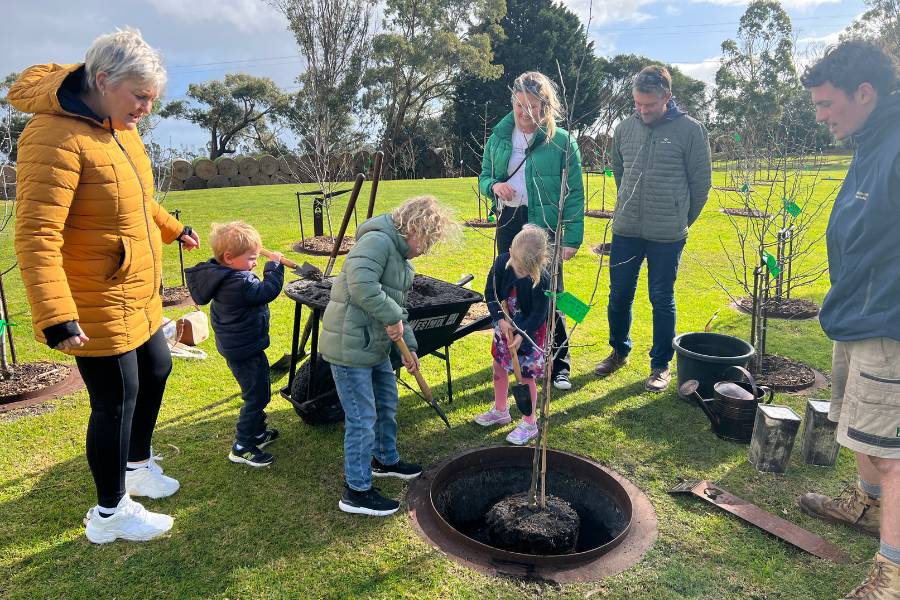
Imagine you and your loved one living on, not just in memory, but as a vibrant part of nature.
Testimonial from Gerold Krezner: “Mornington Green represents a perfect solution to the conundrum of what to do with my father’s (and eventually my mother’s) ashes. A beautiful setting which is always pleasant to visit, with a tangible connection to the person or people memorialised.” He and his family planted an Oak Tree for his father while pre-planting for his mother.
The unique process of Living Legacy Trees provides a newly planted tree with tree food and energy from the ashes, allowing it to become strong, productive, and an important part of the ecosystem. You can even add multiple family members, creating a living family tree that grows for generations.
Unlike traditional ash storage, which can be environmentally harmful, Living Legacy Trees offers a powerful transformation. You’re not just storing remains; you’re creating new life that contributes to ecosystem restoration.
The science is clear, and the choice is yours: how will you leave your mark on the world?
For more information about Living Legacy ash treatment and memorial trees, contact Mornington Green Legacy Gardens
Because our loved ones deserve to bloom forever.

